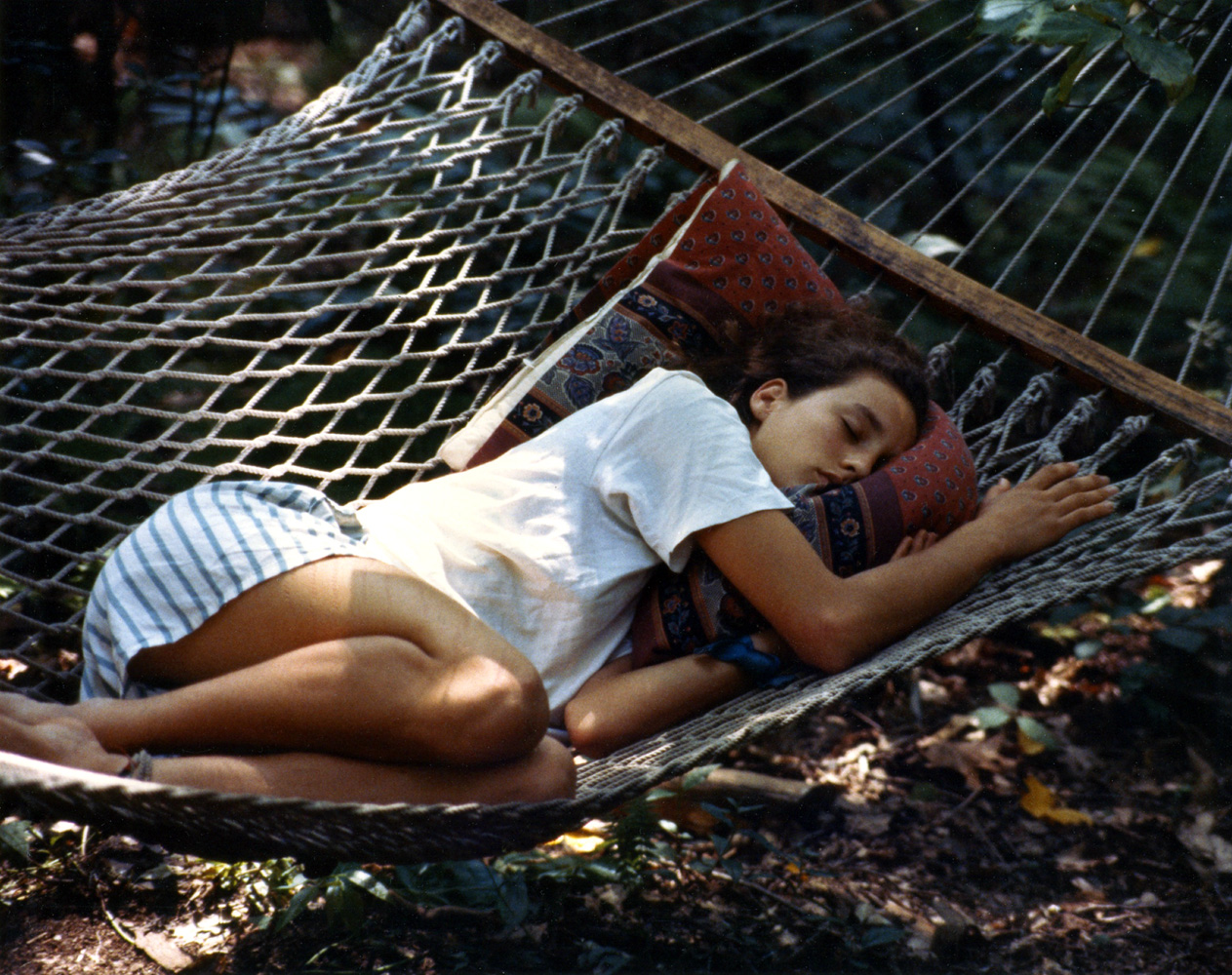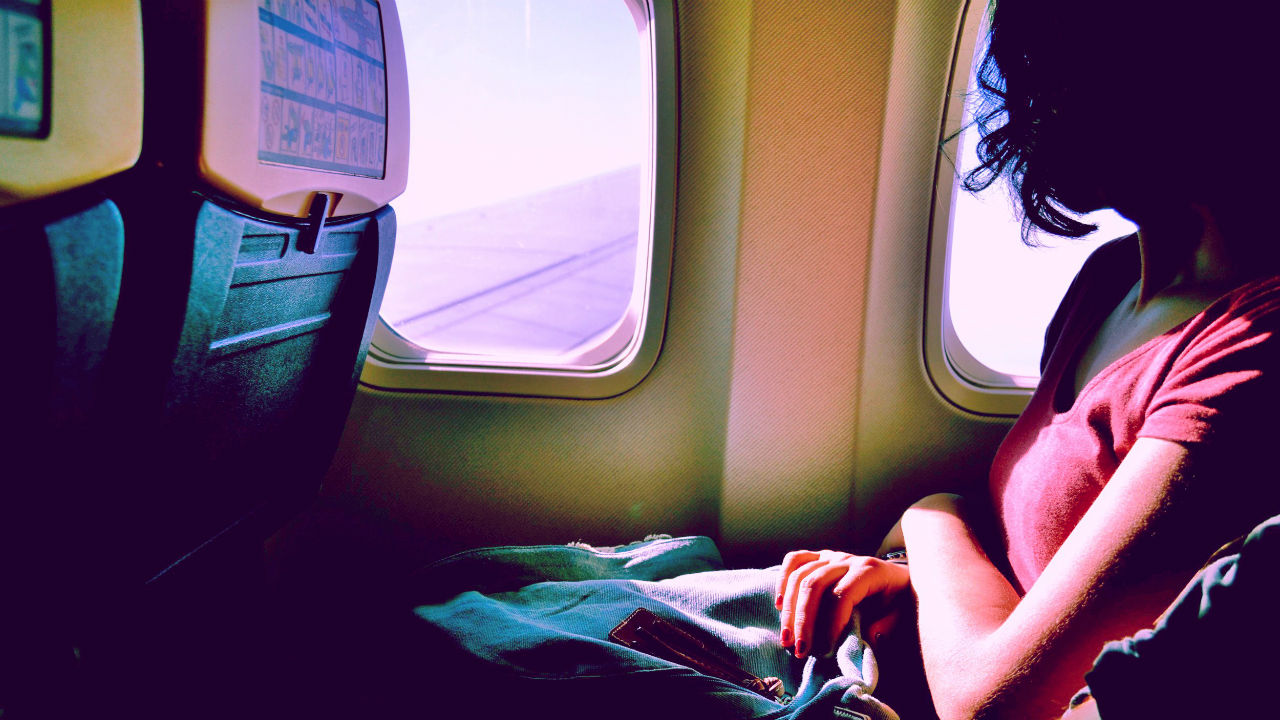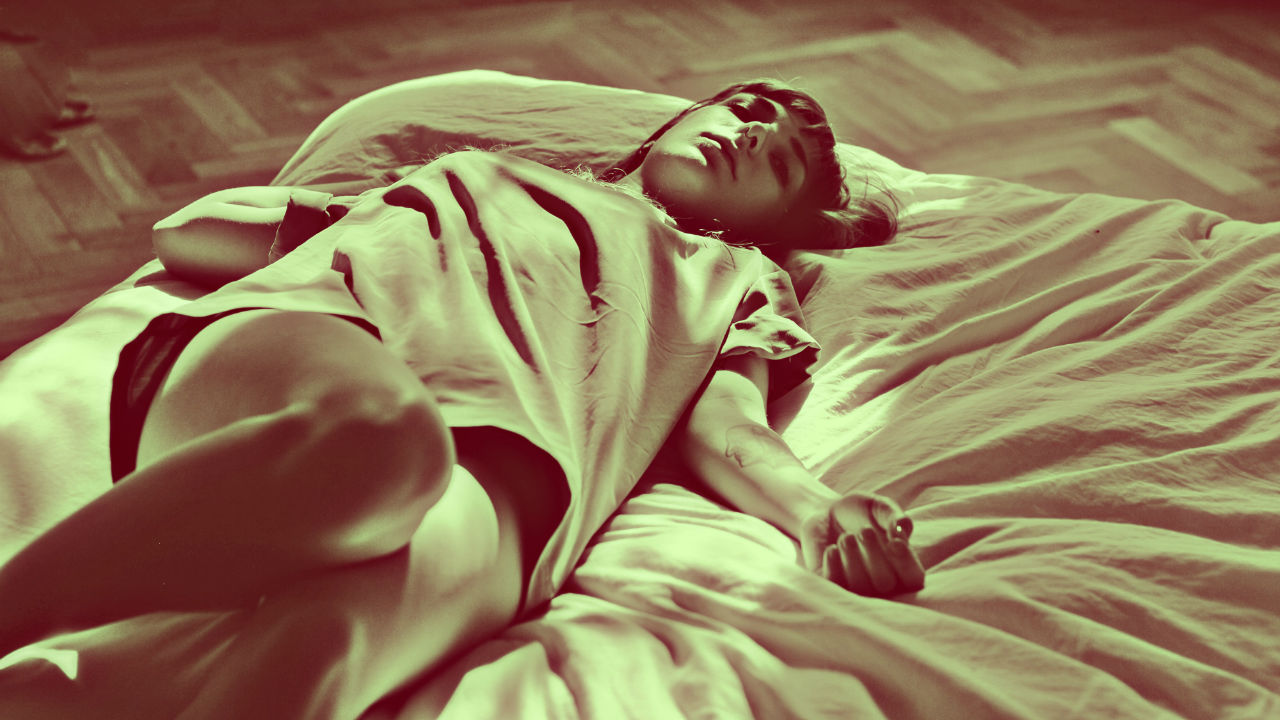People under anesthesia have brain patterns similar to those that occur in the deepest sleep, says a U.S. study.
Researchers monitored the brains of patients receiving the anesthetic midazolam -- used in "conscious sedation" -- and detected patterns that occur when the brain is in deep, non-rapid eye movement sleep, United Press International reported.
"Based on a theory about how consciousness is generated, we expect to see a response that is both integrated and differentiated when the brain is conscious,'' study co-author Giulio Tononi, of the University of Wisconsin-Madison, said in a news release.
"When there is a loss of consciousness, either due to sleep or anesthesia, the response is radically different. We see a stereotyped burst of activity that remains localized and fades quickly," Tononi said, UPI reported.
The study appears in the journal Proceedings of the National Academy of Science.




